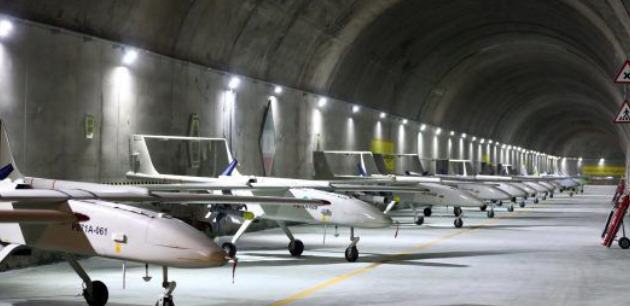Naqsh-e Rustam includes a number of bas-reliefs and tombs of several Achaemenid kings, which had been created on the rock walls of Mount Hossain.
Local people said the crack appeared as a result of recent minor earthquakes, Cultural Heritage News (CHN), a service of the Iranian Cultural Heritage and Tourism Office, reported last Tuesday. However, local cultural heritage activists dismissed the  earthquake thesis and said they believe an increase in use of the underground water sources has caused the crack.
earthquake thesis and said they believe an increase in use of the underground water sources has caused the crack.
Studies published in January 2010 showed the earth had sunk five centimeters at the foot of Naqsh-e Rustam. The report said the digging of numerous wells prompted a lowering of the water table.
A number of cracks, which have appeared in the rocks over the years, have also widened, cultural heritage activist Saman Khosravani said. Vibrations caused by daily explosions in nearby mines have broadened the cracks, he asserted. In addition, the situation is worsened by rainfall and frost, he said.
Khosravani said a team of experts prepared a plan to protect Naqsh-e Rustam and Persepolis with a small budget, but it was never accepted by Iranian officials.
Naqsh-e Rustam is home to the tombs of the Achaemenid Kings Darius I, Xerxes I, Artaxerxes I and Darius II, as well as several other sites dating back to the Elamite and Sassanid eras.
In 2006, Iranian archaeologists and cultural heritage enthusiasts raised objections to the construction of a railway line, which was to pass about 350 meters from Naqsh-e Rustam.
The archaeologists believed the constant vibration from passing trains would eventually damage the sites. Consequently, the railway line was relocated to a distance of one kilometer from Naqsh-e Rustam.





















